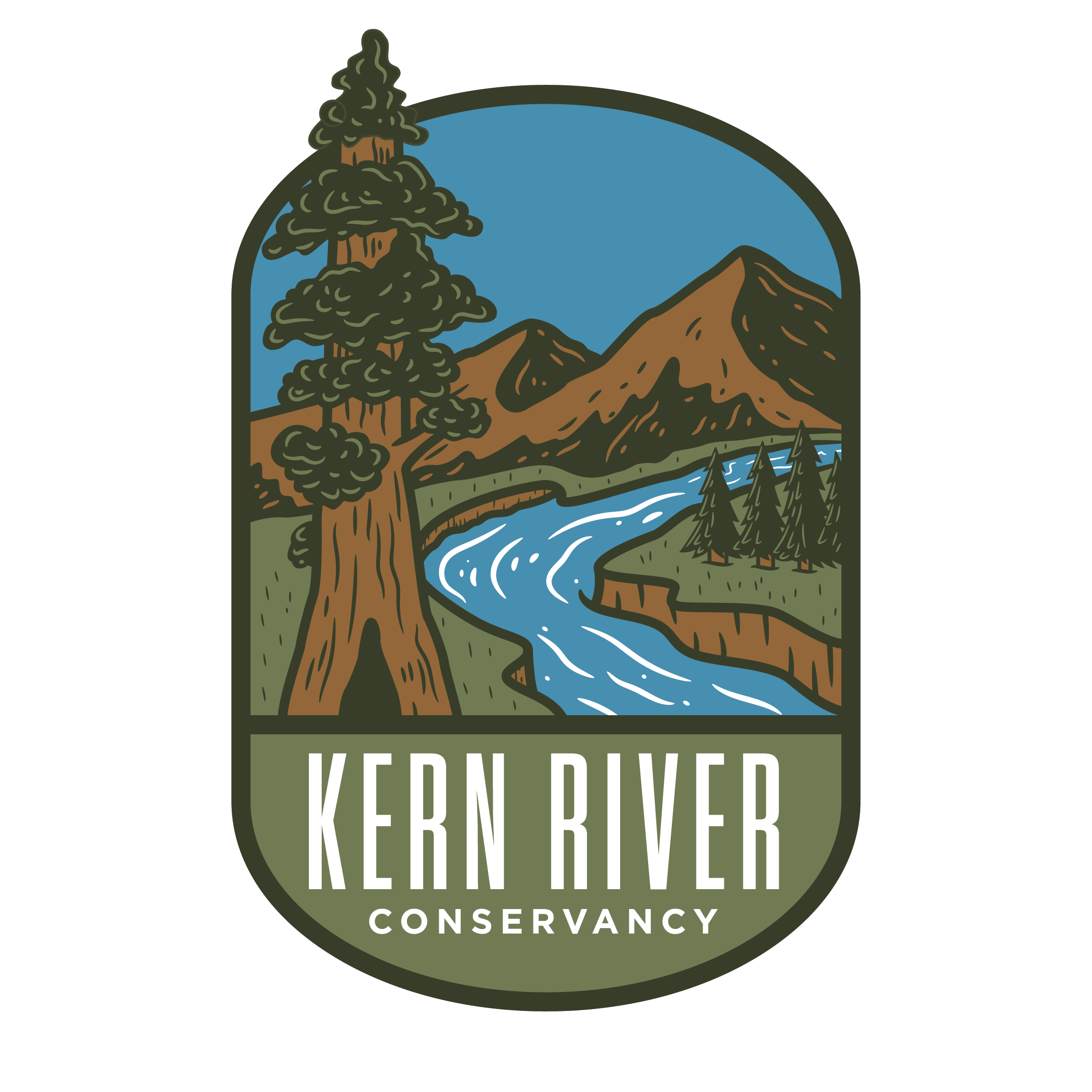Intersectional Environmentalism
A few terms that will help you fully understand the concept of intersectional environmentalism:
Environmentalism: Concern about, and action aimed at, protecting the environment
Able-Bodied: Someone who does not have a physical impairment
Injustice: Unfairness and the violation of rights
Intersectionality: The cumulative way in which the effects of multiple forms of discrimination (such as racism, sexism, and classism) combine, overlap, or intersect
LGBTQ+: This acronym is sometimes used as an umbrella term to describe folks who are outside of the traditional heterosexual or gender binary identity
Marginalization: Treatment of a person, group or concept as insignificant or peripheral
Systemic Racism: Policies and practices embedded into established institutions, or practices in society that result in support of, or continued unfair advantage to some people and unfair or harmful treatment of others based on race. It can lead to issues such as discrimination in criminal justice, housing, employment, health care, political power, education, and more.
We all know what environmentalism is, but what does it mean to be an intersectional environmentalist? The dictionary definition of intersectionalism is “the complex, cumulative way in which the effects of multiple forms of discrimination (such as racism, sexism, and classism) combine, overlap, or intersect especially in the experiences of marginalized individuals or groups”. Intersectional environmentalism is a more inclusive form of environmentalism that aims to protect both people and planet. By combining social and environmental justice, this form of environmentalism amplifies the voices of historically marginalized groups. Humans are, after all, also a part of our global ecosystem. Therefore, how can the protection of humans and planet not go hand in hand?
BIPOC and low-income communities face social and evironmental injustices at a much higher rate. What is it that leads to these injustices? Racism, greed, capitalism, and other systems of oppression. What can be done to solve these issues? The rejection and dismantling of any and all systems of oppression. The first step of this process is to educate ourselves and then talk about these social and environmental injustices.
So then, what are some environmental injustices that people are facing today? One example is community gardens in low-income communities. Many people in these communities do not have access to healthy and affordable food, especially produce. The incorporation of community gardens in these neighborhoods helps to fight systemic racism and economic inequality.
In the LGBTQ+ community, members are likely to suffer more in the aftermath of climate related disasters. For example, during hurricane Katrina, trans people faced discrimination in emergency shelters and were even sometimes turned away.
People with disabilities are at a higher risk during climate events than able-bodied individuals. Depending on someone’s disability, they may not be able to evacuate during an environmental emergency. Disabled people are also less likely to join activist groups, leading to a lack of climate activism focusing on their needs.
Social justice should be at the core of environmentalism. We all need to be uplifting the voices of marginalized groups. Environmentalism shouldn’t just be about fighting for the planet, but also for black lives, women’s rights, LGBTQ+ rights, indigenous rights, refugee rights, and all others inequalities. People and the planet are interconnected. There is a lot to unpack when it comes to intersectional environmentalism but we are glad that you took the first step by reading this article. If you want to continue learning more, we have linked some great resources down below.
The Intersectional Environmentalist - Book by Leah Thomas
Toxic Communities - Book by Dorceta Taylor
Intersectional Environmentalist - Website and 501(c)(3)


